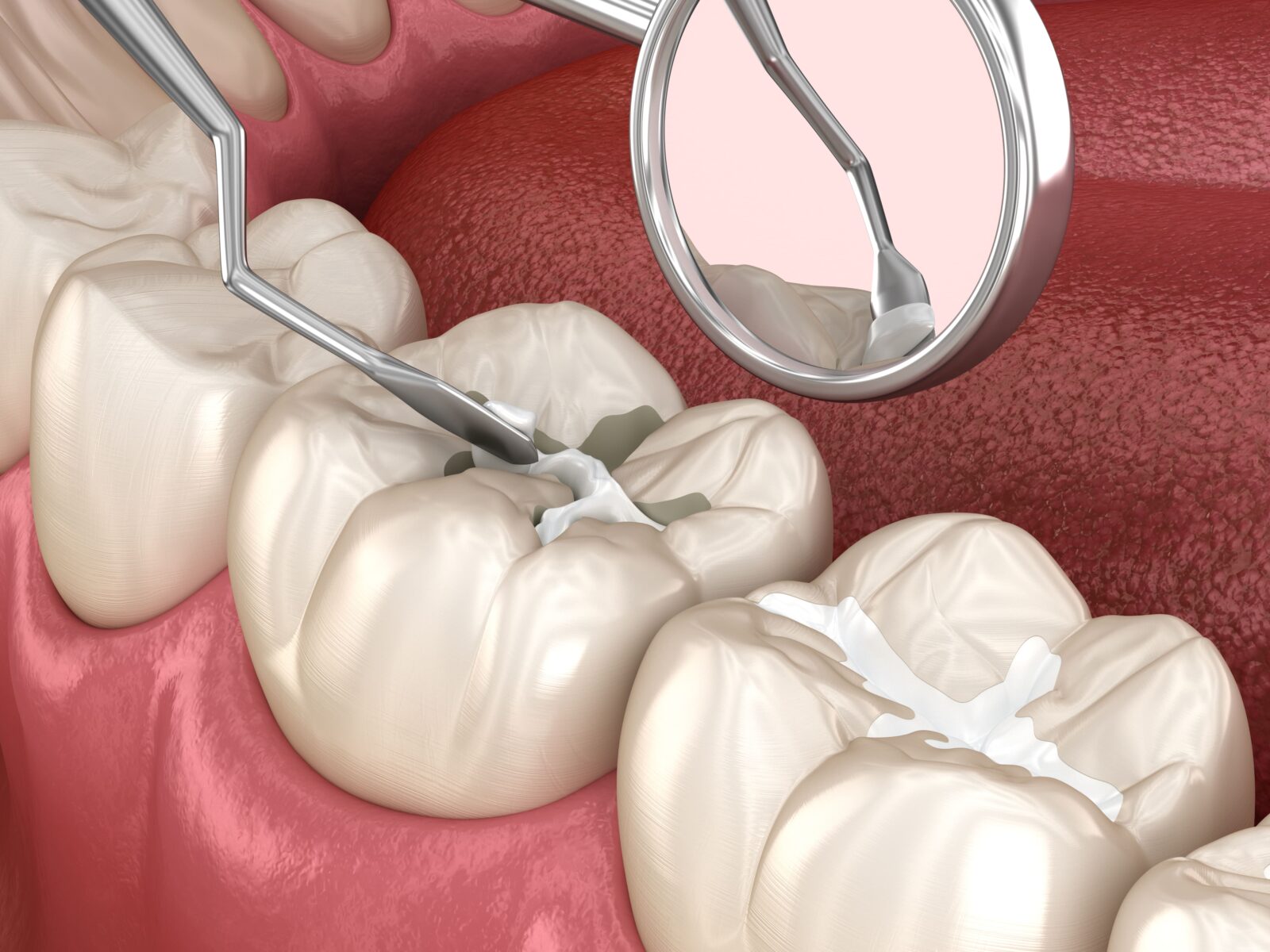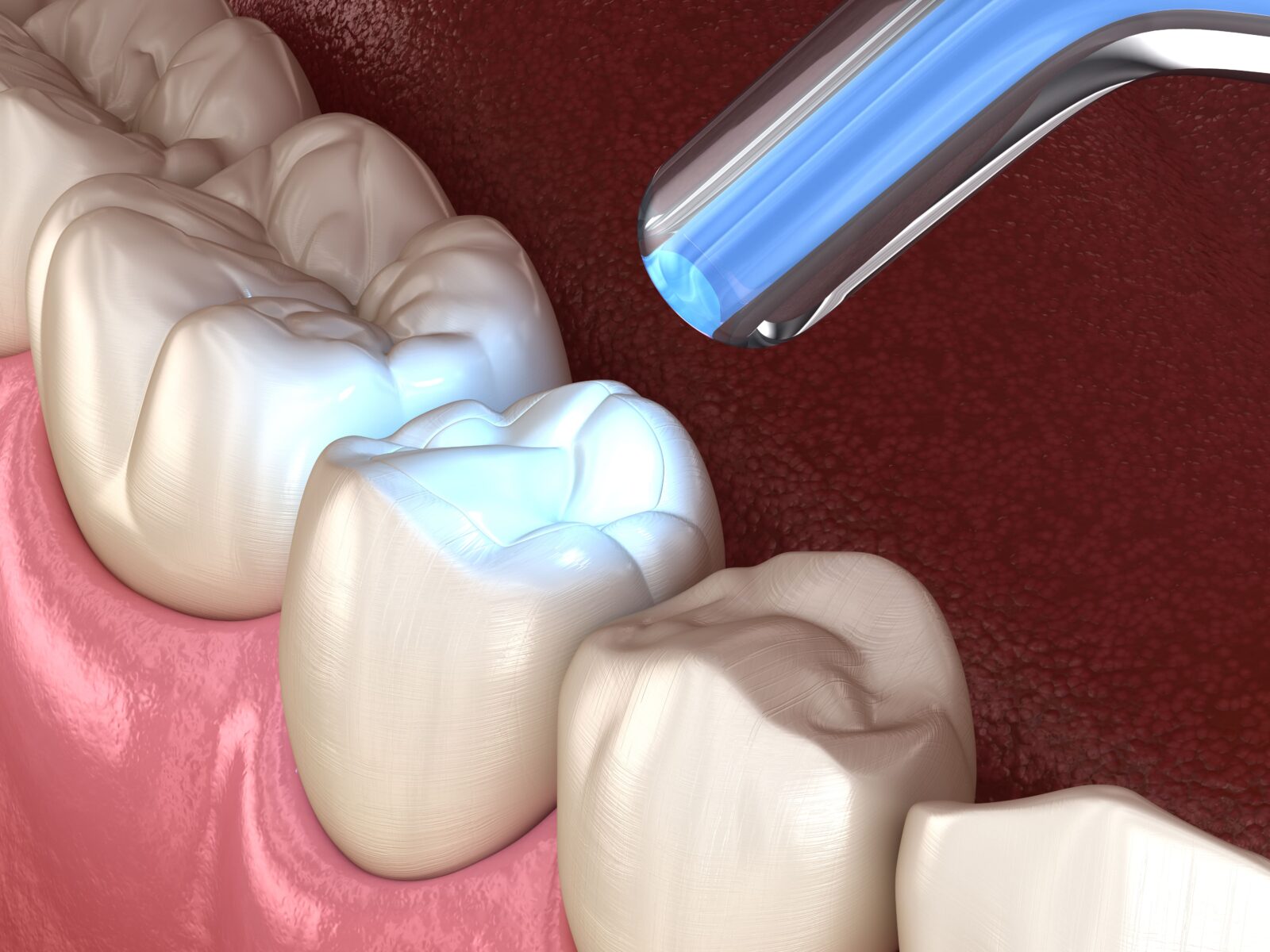If you’re like most people, the thought of getting a dental filling is not very appealing. Many people avoid going to the dentist because they think that all dental procedures hurt. But do fillings hurt? The answer is, “not usually.” In this blog post, we will explain what a dental filling is and when it is necessary. We will also list the symptoms of tooth decay that can indicate a filling is needed. Finally, we will explain the process of getting a dental filling and how dental anesthetics make the process painless.
What is a dental filling?

So, what is a dental filling? A dental filling is a way to restore a tooth that has been damaged by decay. The filling material is placed in the hole left behind by the decayed tooth material. Once the filling material has hardened, your tooth will be restored to its original shape and function.
There are two main types of fillings that can be used: composite and amalgam. Composite fillings are made of plastic and metal, and are tooth-colored, so they are less noticeable than amalgam fillings. Amalgam fillings are made of mercury, silver, and tin, and are silver in color, so they are more noticeable than composite fillings.
In the past, amalgam fillings were the most commonly used type of filling since they offered the most benefits. However, composite fillings have become increasingly popular as their benefits have started to outweigh those of amalgam fillings. Nowadays, many dentists recommend composite fillings and may even replace old amalgam fillings with composite.
When is a filling necessary?
Fillings are necessary when tooth decay has caused a hole (cavity) in your tooth. Fillings work by sealing off the hole in the tooth where decay has occurred. This stops the decay from spreading and causes less damage to the tooth. In addition, fillings help to strengthen the tooth and make it more resistant to further decay.
The symptoms of tooth decay can include:
- Toothache
- Sensitivity to hot or cold temperatures
- Visible holes or pits in your teeth
- Staining on your teeth
If you experience any of these symptoms, it’s important to see your dentist as soon as possible. The sooner you get treatment, the less damage will be done to your tooth.
How Fillings are Placed
The process of getting a dental filling is actually quite simple. Before placing a dental filling, your dentist will first inject the area with a dental anesthetic. Dental anesthetics make the process of getting a dental filling painless. The anesthetic numbs the area around your tooth so that you won’t feel any discomfort during the procedure.

In addition to dental anesthetics, different forms of dental sedation can also be used. Dental sedation is a way to help patients relax during dental procedures. There are different types of dental sedation, but the most common type is nitrous oxide (laughing gas). Nitrous oxide helps to calm and relax patients, which makes dental procedures less stressful. In addition, it can also help to reduce pain and make the procedure more tolerable.
After the area is numb, your dentist will then remove the decay from your tooth using a dental drill. Once the decay has been removed, your dentist will then clean the cavity and place the filling material in the hole left behind by the decay. The type of filling material used will depend on your individual situation.
Once the filling material has been placed, your dentist will then use a special light to harden the material. Once the filling has hardened, your tooth will be restored to its original shape and function.
As you can see, getting a dental filling is actually a very simple and painless process. Thanks to dental anesthetics and sedation, you won’t feel any discomfort during the procedure. In some cases, you may experience some sensitivity in your tooth once the anesthetic wears off. However, this should go away within a few days. If the pain continues or gets worse, you will need to call your dentist right away.
In Conclusion
In this blog, we’ve answered the question, “Do fillings hurt?” We defined what a dental filling is and explained when it is necessary. We also listed the symptoms of tooth decay that can indicate a filling is needed. Finally, we explained the process of getting a dental filling and how dental anesthetics make the process painless. Getting a dental filling doesn’t have to be a painful experience. With today’s modern dental techniques and materials, fillings can be placed quickly and easily with little discomfort. If you think you may need a filling, be sure to see your dentist as soon as possible. Thanks for reading!
